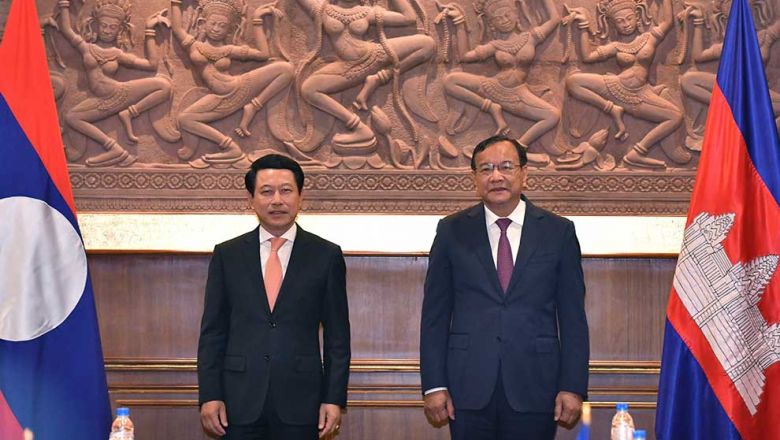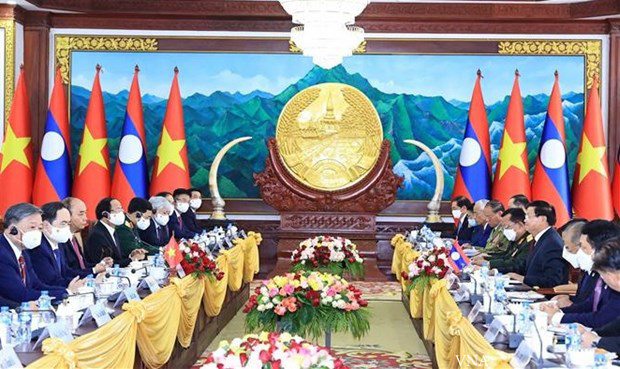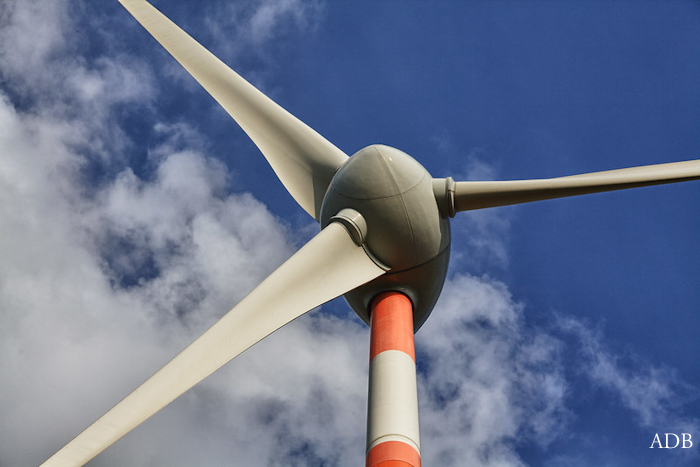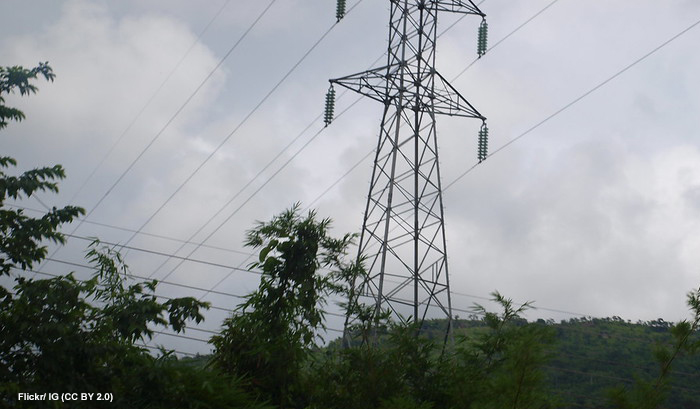ADB Signs Loan for First Cross-Border Wind Power Project in Asia, First Plant in Lao PDR and Largest in Southeast Asia
The Asian Development Bank (ADB) and Monsoon Wind Power Company Limited (Monsoon) signed a $ 692.55 million nonrecourse project financing package to build a 600-megawatt wind power plant in Sekong and Attapeu provinces in the southern region of the Lao People’s Democratic Republic (Lao PDR) to export and sell power to neighboring Viet Nam. Comprising 133 wind turbines, the project will be the largest wind power plant in Southeast Asia and the first in the Lao PDR.











